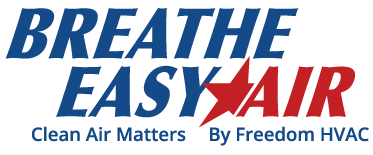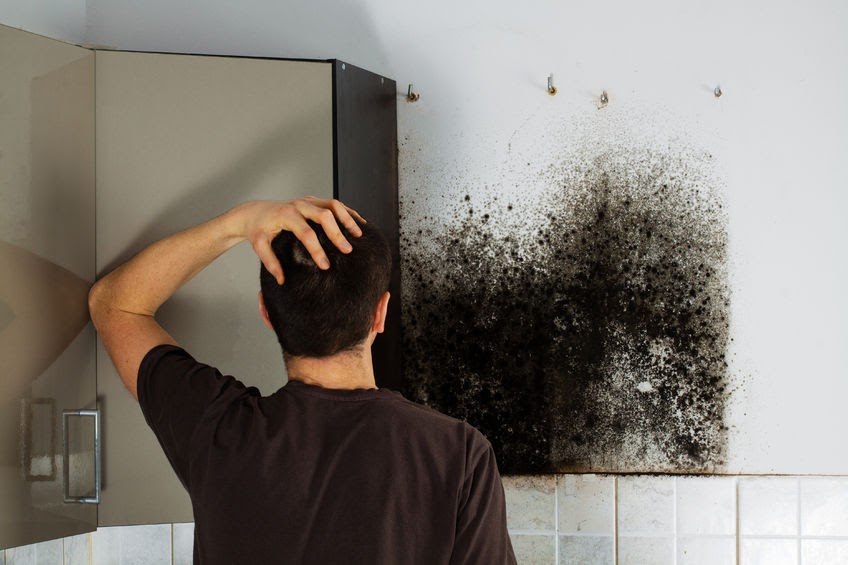When it comes to indoor air quality, some homeowners are not aware of the impact that poor indoor air quality can have on their home and the members of their household. Bad indoor air quality can not only make it more uncomfortable to spend long periods of time in your home, it can also increase the chances of you getting sick, experiencing worsened allergies and experiencing indoor air quality related health problems.
To determine whether you might have poor indoor air quality in your home, you should keep an eye out for the following symptoms:
- Dry eyes, nose, throat, mouth and skin.
- Dizziness and nausea.
- Fatigue and headaches.
- Increased allergies.
If you feel uncomfortable in your own home and find that your allergies get worse when you spend long periods of time indoors, that can be an indication that there is an issue with your indoor air quality. If you are not entirely sure that your symptoms are due to poor indoor air quality, there are also visual cues of poor indoor air quality you might be able to notice in your home.
Visible Symptoms of Poor Indoor Air Quality in Your Home
If you suspect that the indoor air quality in your home is poor and you have been experiencing some of the physical symptoms of poor indoor air quality, you can also check for the following visible symptoms:
- Excess dirt or dust in your indoor air.
- Mold or mildew growth on walls or ceilings.
- Strange smells in your home from dirty air ducts.
These are the main symptoms of poor indoor air quality you can spot within your home, but symptoms of poor indoor air quality can vary depending on the cause. You may be able to improve these issues by getting your air ducts cleaned or investing in an air purifier, air filter, dehumidifier or humidifier.
Everyday Changes You Can Make to Improve Your IAQ
To reduce the amount of indoor air pollutants you have in your indoor air, you can eliminate any kind of smoking indoors, take off your shoes at your front door and use beeswax candles in place of regular candles. In addition to removing these sources of indoor pollution, you can also manage unavoidable sources like cooking, by utilizing ventilation systems.
Another way you can reduce contaminants is to regularly clean your home to prevent dirt and dust from building up on surfaces. Some homeowners choose to replace their carpets with hardwood flooring for ease of cleaning since carpet’s can trap dirt and contaminants within them.
Other Ways to Improve Your Indoor Air Quality
If you find that you have poor indoor air quality in your home and reducing pollutants in your home, keeping your home clean and using ventilation systems is not helping to combat it, you may want to consider the following solutions:
- Installing an integrated air filtration system in your HVAC unit.
- Investing in an air purification system for your home.
- Purchasing a humidifier or dehumidifier for your home.
These systems can be especially helpful in combating poor indoor air quality in your home. To determine the best IAQ solution for your home, you should have a licensed contractor access your home’s air quality.
How Breathe Easy Can Help You
At Breathe Easy Air today, we specialize in all aspects of indoor air quality. We have designed a system with 6 stages to address your home’s air quality to provide you with the best air quality in your home. Whether you simply need a better air filter for your HVAC system, you need to control the humidity levels in your home, or you are experiencing any issue in between, we can help. To learn more about our 6 step process to fix your indoor air quality problem, give us a call today.

